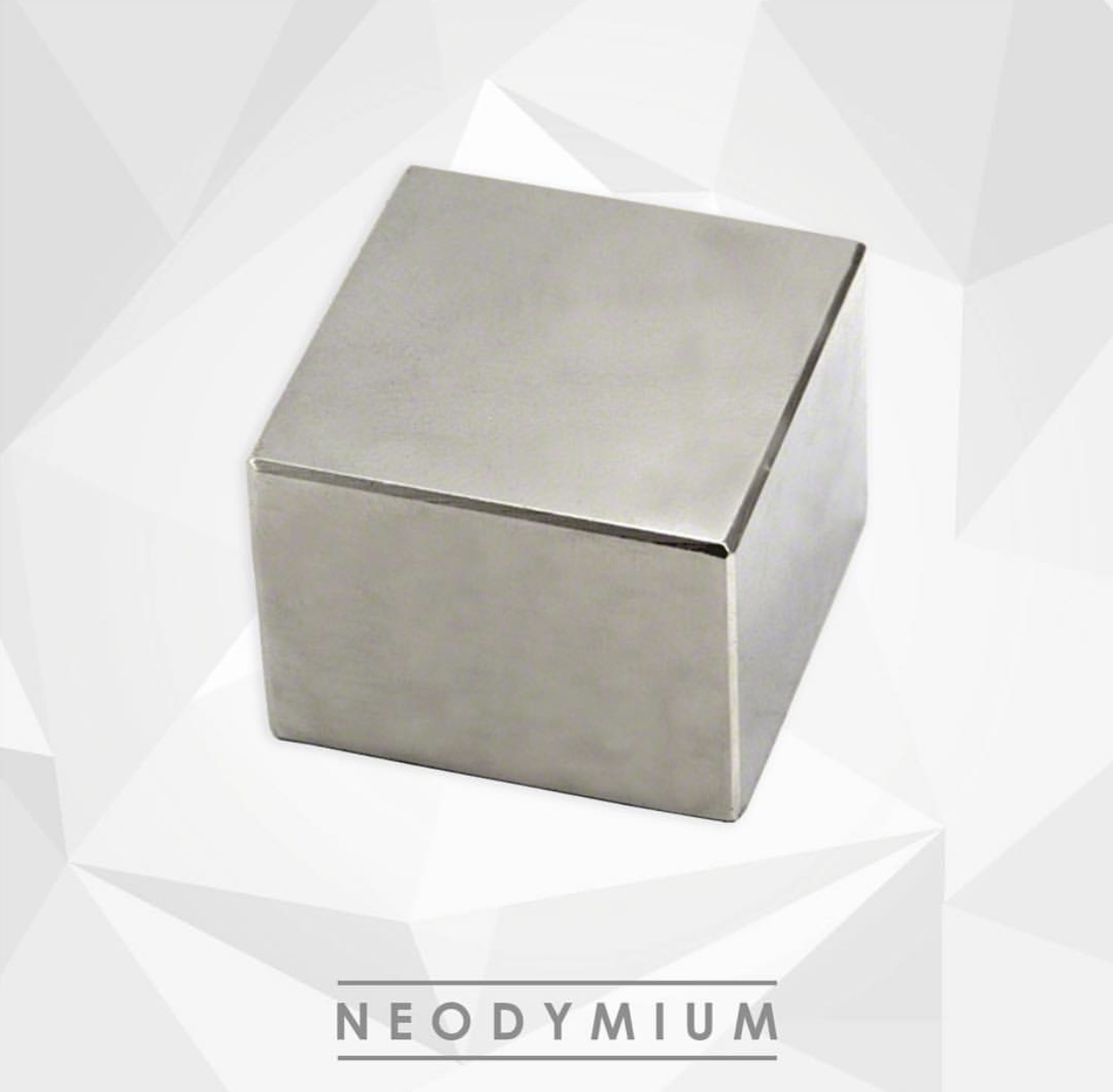What are Neodymium Magnet?

A neodymium magnet is the strongest known type of permanent magnet, and it's one we supply for a variety of industrial and commercial uses here at Shubo Magnetic Products. Let's dive in a little deeper and learn more about these exceedingly strong magnets and how they can be used.
Neodymium magnets are the strongest permanent magnets available and, even if you've never heard of them before, you probably use them every day. They're sometimes called NdFeB, or Neo magnets, and despite being so strong, they're also lightweight, which is why they're popular for a wide variety of applications. It's hard to believe, but without this type of rare earth magnet, many of the technological advances that have taken place over the past few decades would not have been possible!
The Neodymium magnet is very strong. They will amaze you! A 2-gram (0.07 ounce) neodymium magnet that measures 8 millimeters (0.315 inches) in diameter and 5 millimeters (0.197 inches) long generates a force of over 1700 grams (3.75 pounds). They're so strong that they have replaced other types of magnets in many applications. For example they are over ten times stronger than ceramic magnets, so you might replace a ceramic magnet with a much smaller neodymium magnet and generate the same (or more!) holding force.
Neodymium magnets are made primarily from an alloy of neodymium, iron, and boron. The exact composition can vary depending on the strength needed and what that magnet is being used for. There are two main manufacturing types for neodymium magnets: sintered and bonded.
Sintered neodymium magnets are made by heating the alloy components in a furnace, then this mixture is cast into molds and cooled to form ingots which are ground into a fine powder and pressed into molds. The molds of powder are sintered to become dense blocks. (Sintering is the process of compacting and forming a solid mass of material by heat or pressure without melting it to the point of liquefaction.) The material is cut into its final shape, coated or plated, and then magnetized.
Bonded neodymium magnets combine neodymium alloy powder with a polymer binder. The components are pressed or extruded to make more complex shapes and magnetization powders than are typically available in sintered magnets.
Uses for Neodymium Magnets:
Since their invention in the early 1980s, a wide range of industries have found uses for these super strong magnets. If you're reading this on your computer, you're using a neodymium magnet right now! Some applications include:
1. Hard disk drives - A hard disk has tracks and sectors that contain magnetic cells; these cells are magnetized when data is written to the drive.
2. Microphones, headphones and loudspeakers - Current-carrying coils are used with permanent magnets to convert electricity into mechanical energy that changes the pressure of the surrounding air to create sound.
3. Dentures - To keep dentures securely in place, tiny neodymium magnets are used.
4. Door catches - Commercial and residential buildings often use doors with neodymium magnetic catches.
5. Magnetic jewelry - Magnetic therapy jewelry is often made with neodymium magnets; these magnets are also used in bracelet and necklace clasps.
6. Anti-lock brake sensors - If you have anti-lock brakes in your car, they utilize neodymium magnets wrapped inside copper coils in their sensors.
